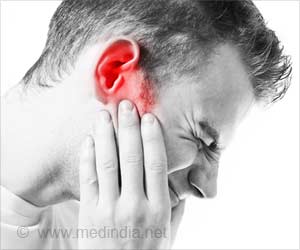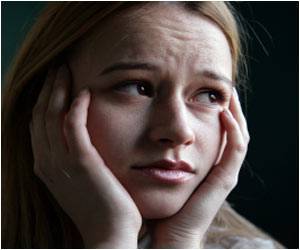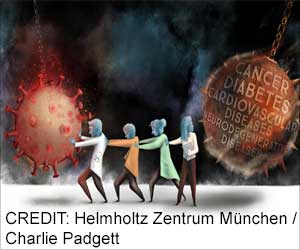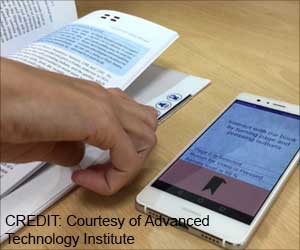CEPOF is a Research, Innovation and Dissemination Center (RIDC) funded by FAPESP and hosted at the University of So Paulo’s So Carlos Institute of Physics (IFSC-USP) in Brazil.
Some 750 million people suffer from tinnitus worldwide, according to a European study that analyzed five decades of patient data. Often described as ringing or hissing in the ears, it is considered a symptom rather than a disease but is unpleasant and in some cases incapacitating. Its known causes can range from a buildup of
. There are no standard treatments or drugs approved by the United States Food and Drug Administration (FDA).
“Tinnitus is a very widespread symptom throughout the general population. It’s treated with a vast number of methods, from ear lavage to local anesthetics, anti-depressants, anti-histamines, anti-psychotics and sedatives, with different results,” said Vitor Hugo Panhca, a researcher at CEPOF. “After finding articles in the scientific literature that presented consistent laser therapy outcomes, we decided to compare the main treatments and pursue more responses to the problem.”
Laser Therapy: The Best Way to Treat Tinnitus
During a four-week period, Panhca and his team tested alternative and complementary treatments for idiopathic (with no apparent cause) and refractory tinnitus on more than 100 men and women aged 18-65, divided randomly into ten groups. The treatments tested were laser acupuncture, flunarizine dihydrochloride, Ginkgo biloba (a medicinal plant), and low-level laser stimulation of the internal auditory canal or meatus (transmeatal stimulation), on its own and combined with vacuum therapy, ultrasound, G. biloba or flunarizine dihydrochloride.
Advertisement
The patients were submitted to eight twice-per-week treatment sessions. They were clinically assessed before treatment began, after the eighth session and a fortnight later, using a “tinnitus handicap inventory questionnaire” with a total of 25 questions. A functional subscale comprised 11 questions on mental, social, occupational and physical limitations due to tinnitus.
The best outcomes were observed in patients treated with laser acupuncture alone and transmeatal low-power laser stimulation alone. In the latter case, they improved even more when irradiation time was increased from 6 minutes to 15 minutes.
“The positive effects include anti-inflammatory action and relaxation.”
While the CEPOF study is not the only one to show that laser therapy can improve the condition of tinnitus patients, it paves the way to creation of a protocol for use by dentists, ear, nose and throat specialists, speech therapists and other medical practitioners who have such patients, as the number of sessions and intensity of the treatment vary greatly in the literature.
“Understanding how successful therapies work will help us focus on the most productive approaches in forthcoming studies. This is part of the learning curve when you innovate in health treatments like this,” Panhca said, adding that it is also necessary to investigate the long-term effects of laser therapy.
Reference :
- Effects of Red and Infrared Laser Therapy in Patients with Tinnitus: A Double-Blind, Clinical, Randomized Controlled Study Combining Light with Ultrasound, Drugs and Vacuum Therapy – (https://www.ncbi.nlm.nih.gov/pmc/articles/PMC10144000/)
Source: Eurekalert



